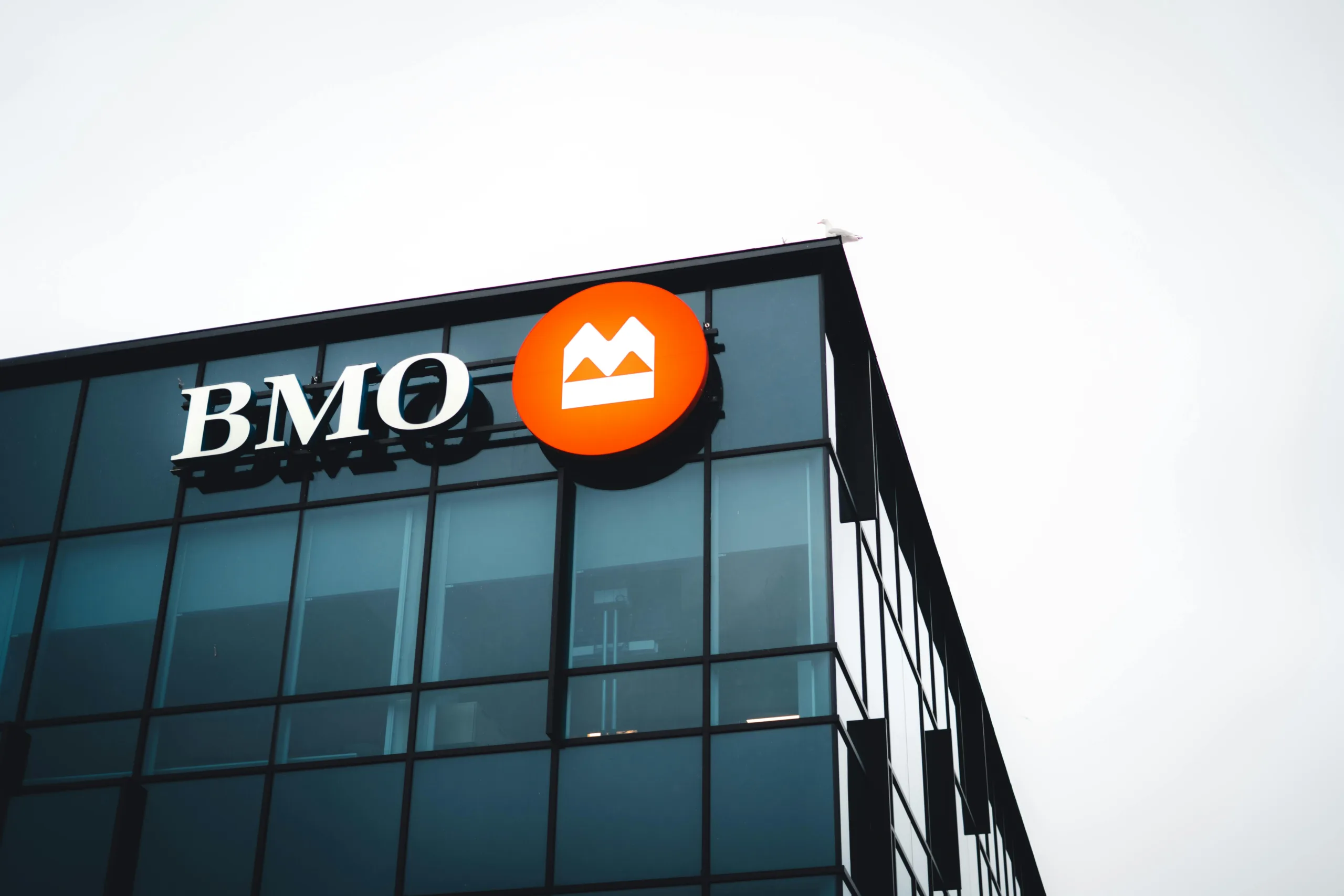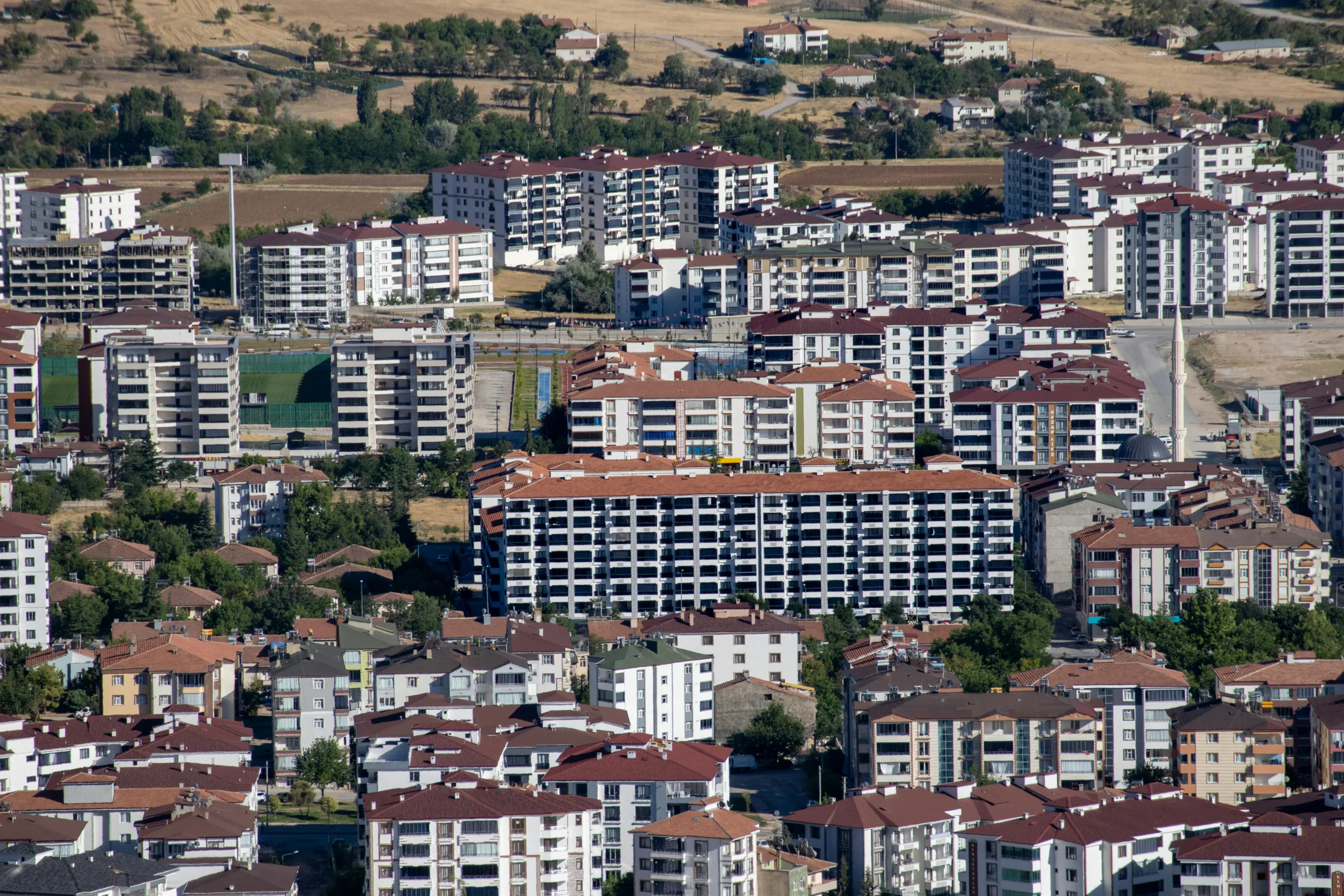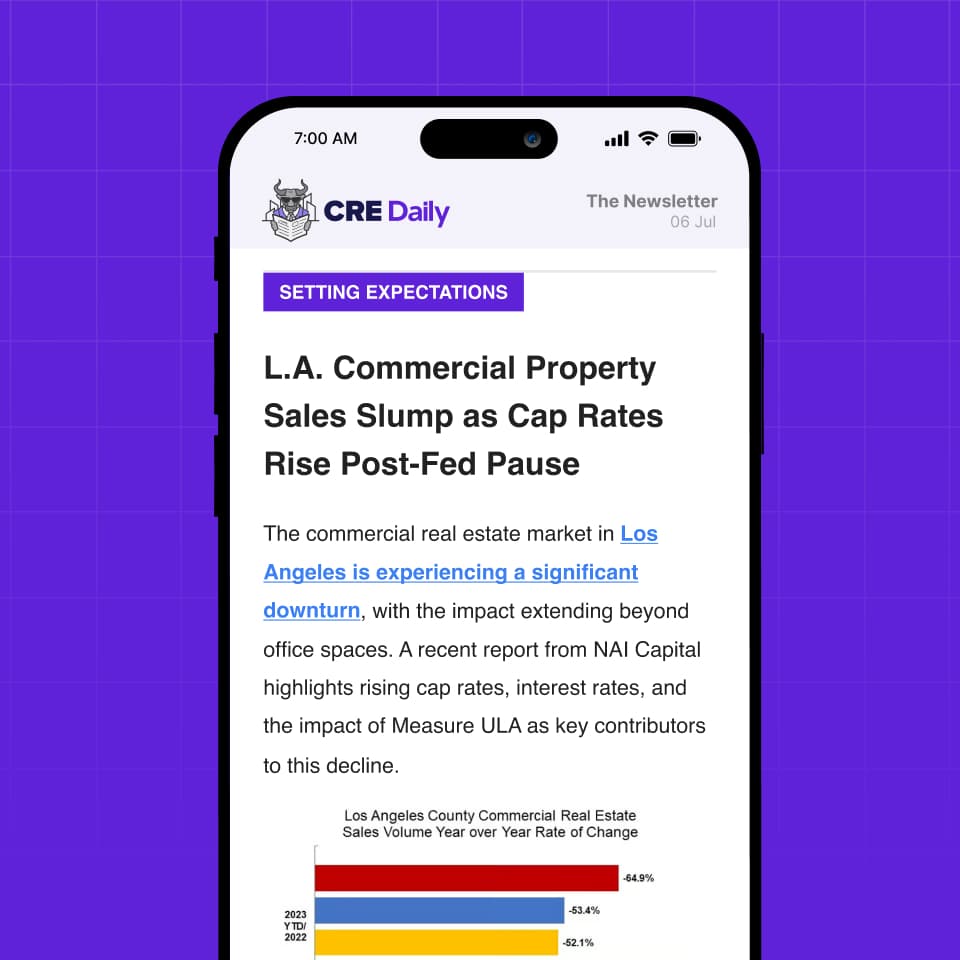- BMO is offloading 138 US bank branches to First Citizens Bank, mostly across the Midwest and Mountain states, as part of a network optimization strategy.
- Simultaneously, BMO will open 150 new branches nationwide, with a heavy concentration in California to target high-growth markets.
- First Citizens will assume $5.7B in deposits and purchase $1.1B in loans in a deal expected to close mid-2026.
- The shift highlights ongoing changes in how banks allocate physical branches as part of broader retail and real estate strategies.
Strategic Shift
BMO is restructuring its US branch network to focus on high-growth areas, reports Bisnow. It will sell 138 branches to First Citizens Bank while opening 150 new locations. Most new branches will be in California, though some may open in other states.
Branches Changing Hands
The branches being sold are in North Dakota, South Dakota, Nebraska, Kansas, Missouri, Oklahoma, Wyoming, and Idaho. Some additional locations include parts of western Minnesota, southern Illinois, and eastern Oregon.
Get Smarter about what matters in CRE
Stay ahead of trends in commercial real estate with CRE Daily – the free newsletter delivering everything you need to start your day in just 5-minutes
Deal Terms And Strategic Focus
First Citizens Bank will acquire around $5.7B in deposits and $1.1B in loans from BMO as part of the agreement. The deal, which includes 138 branches primarily in the Midwest and Mountain West, is expected to close by mid-2026, pending regulatory approval. For BMO, the transaction enables a reallocation of resources toward high-growth markets, particularly in California. The bank says this shift will support deeper client engagement and allow for targeted investment in areas showing stronger economic potential and long-term demand.
Real Estate Implications And Industry Relevance
The branches being sold—and the 150 new ones BMO plans to open—play a vital role in the bank’s physical footprint strategy. Bank branches often sit in visible retail areas or pads with parking and drive-thrus, maintaining strong real estate value. While the rise of digital banking has reduced foot traffic at some locations, physical branches remain important for customer acquisition, local brand presence, and relationship-based services. With nearly 1K US branches, BMO’s shift reflects a broader industry trend: not just reducing locations, but optimizing them for performance, convenience, and long-term market alignment.
What’s Next
This shift reflects how banks are rethinking their real estate footprints. Instead of shrinking, they’re reallocating branches to stronger-performing regions. As BMO expands in California and other target markets, expect more tech-integrated branches and localized strategies to follow.


















